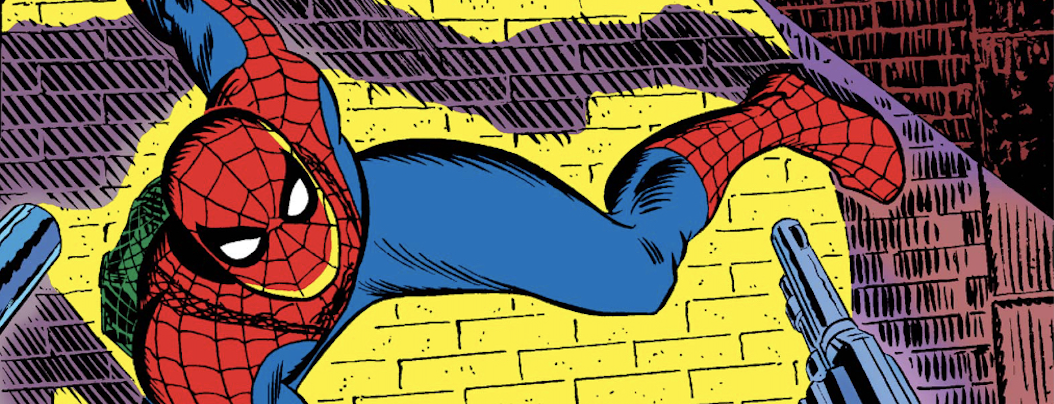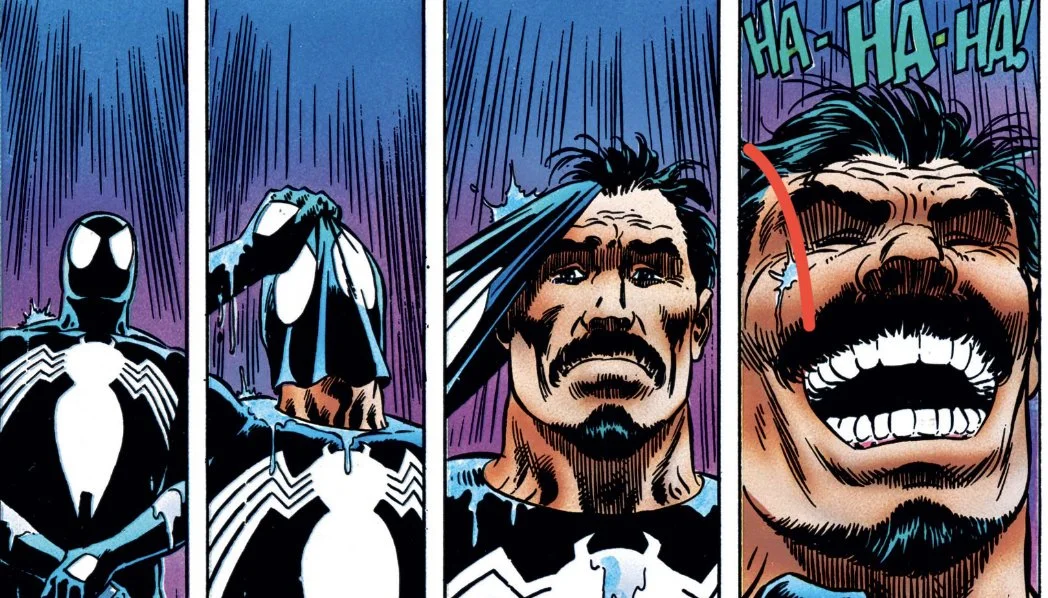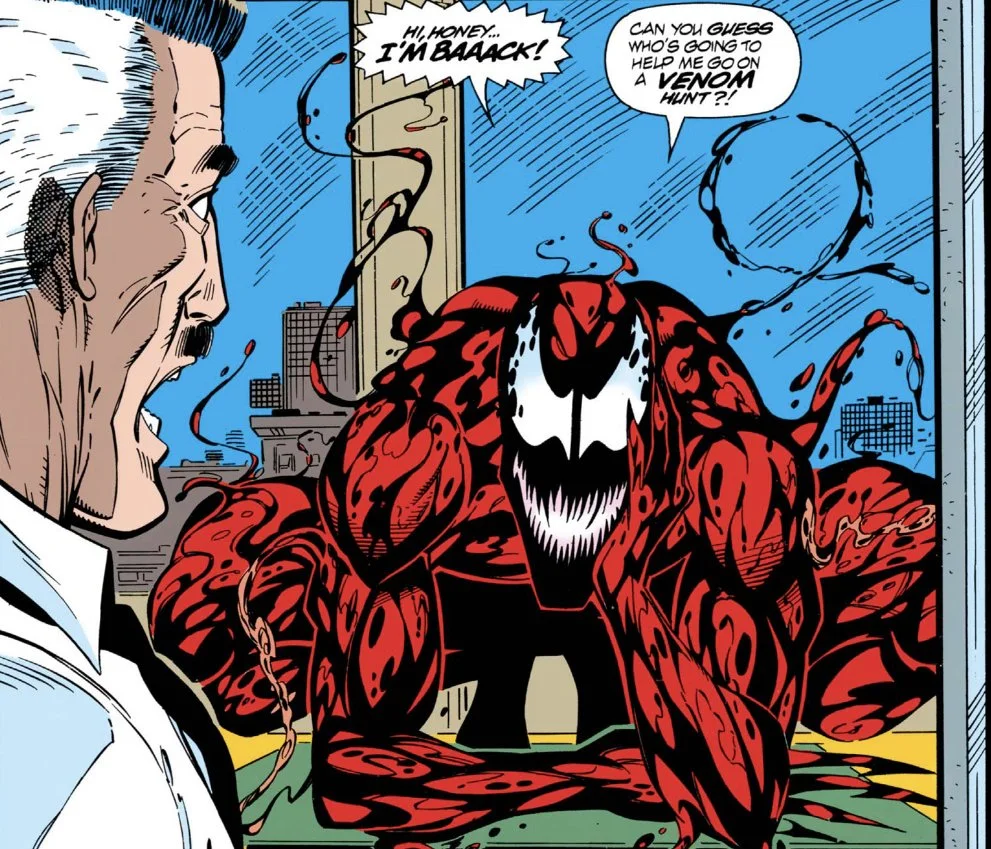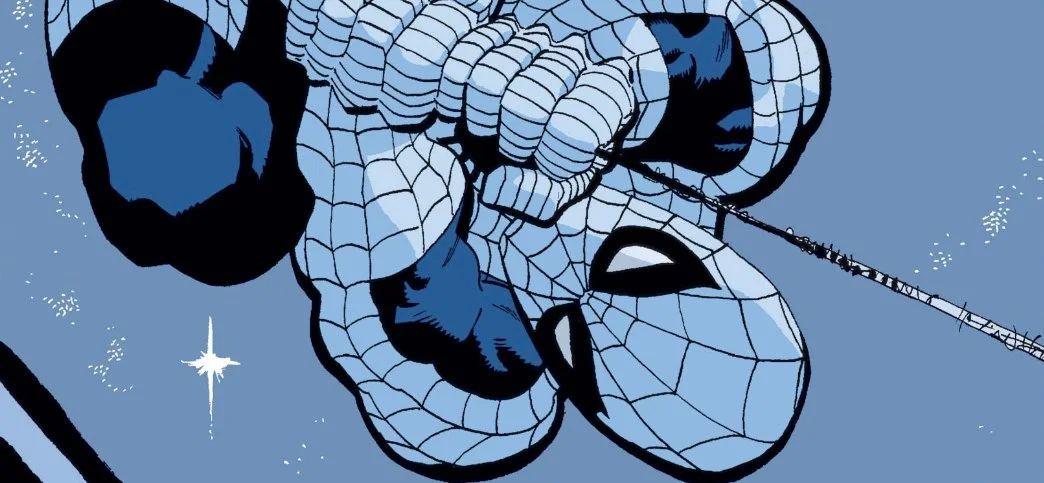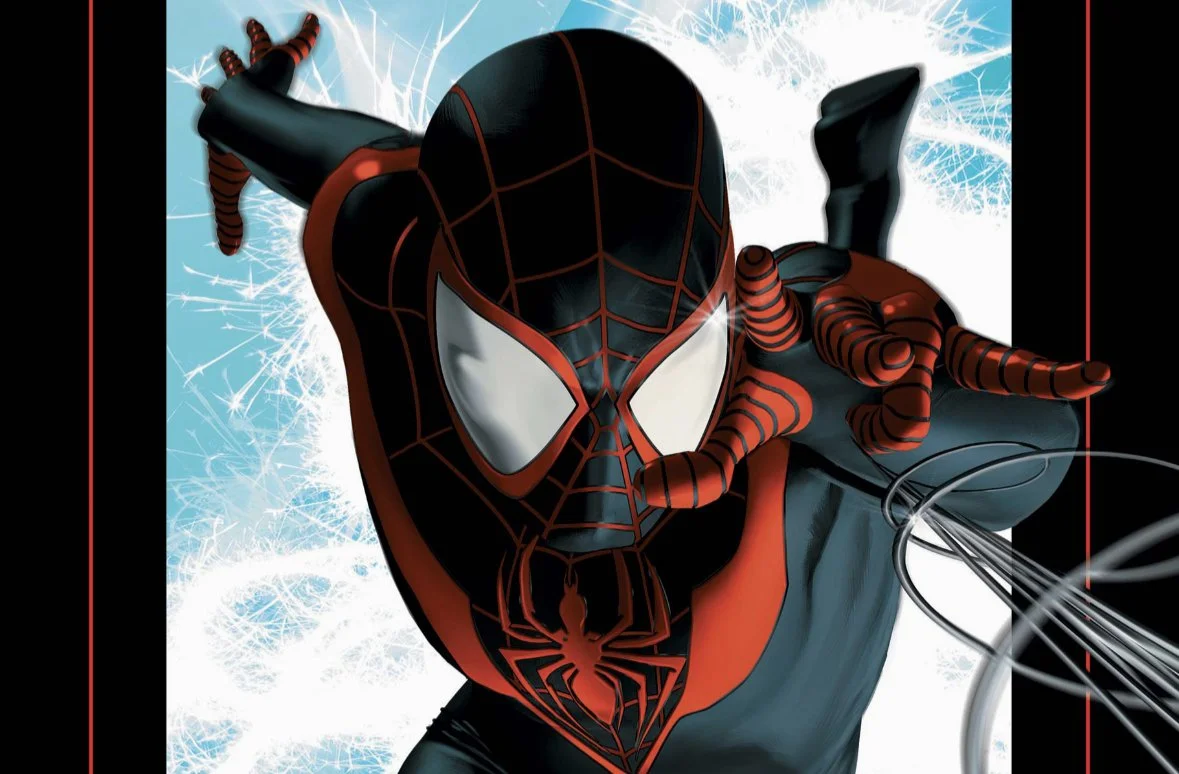The Most Memorable Story Arcs Across Spider-Man Comics
The Amazing Spider-Man #70 | Marvel Comics
Spider-Man, no matter who has donned the title, the friendly neighborhood superhero, has swung his way into the hearts of fans for decades with his incredible adventures and relatable struggles. Throughout the rich history of the web-slinger, there have been numerous comic book story arcs that have captivated readers and left an indelible mark on Spider-Man's mythology. From iconic battles against formidable foes to poignant personal journeys, the storylines below have defined Spider-Man's character and showcased the enduring appeal of his world. Join me as I delve into Spider-Man's most memorable comic book story arcs, celebrating the triumphs, tragedies, and remarkable moments that have made him one of Marvel's most beloved heroes.
After writing this blog and reflecting on the stories included, it became clear that the web-slinger's enduring appeal lies not only in his superhuman abilities but also in his relatability and the universal themes his stories tackle. From the early days of his creation to the present, Spider-Man has touched the hearts of fans across generations, inspiring us with his unwavering sense of responsibility, his resilience in the face of adversity, and his unwavering dedication to protecting those in need. Whether swinging through the skyscrapers of New York City or wrestling with the complex challenges of his personal life, Spider-Man's comic book story arcs continue to captivate, entertain, and remind us all of the enduring power of a hero with great power and even greater responsibility. Excelsior!
Kraven's Last Hunt
Amazing Spider-Man #293 | Marvel Comics
Spanning several titles, including Amazing Spider-Man #293-294, this arc was published in 1987 and is considered one of the most impactful and critically acclaimed Spider-Man stories.
In the arc, Kraven the Hunter embarks on his ultimate hunt, determined to defeat Spider-Man once and for all. Kraven manages to capture Spider-Man and bury him alive, assuming his identity and taking on the role of the web-slinger.
Meanwhile, Peter Parker, believed to be dead, struggles to escape his grave and confronts his own mortality. During this time, Kraven dons the Spider-Man costume and begins a brutal campaign against criminals, believing that he can prove himself as a superior hero to the original Spider-Man.
As the story unfolds, Spider-Man manages to free himself and confronts Kraven. The two engage in a fierce battle, both physically and psychologically, as Spider-Man tries to reclaim his identity and stop Kraven's rampage. The story delves into themes of identity, mortality, and the nature of heroism.
‘Kraven's Last Hunt’ is known for its dark and introspective tone, exploring the depths of the characters' emotions and challenging the conventions of superhero storytelling.
The Green Goblin's Last Stand
Amazing Spider-Man #122 | Marvel Comics
A pivotal storyline in the history of Spider-Man, this arc took place in Amazing Spider-Man #121 & #122, published in 1973. It is regarded as one of the most significant and tragic events in Spider-Man's life. Marvel recently tried to recreate this storyline with the death of Kamala Kahn in Amazing Spider-Man #26 (2023), but has received significant pushback from fans who note the dated and dangerous concept of killing female characters to impact the decisions/actions of male character (a.k.a. “fridging”).
In this storyline, written by Gerry Conway and illustrated by Gil Kane, Spider-Man's love interest, Gwen Stacy, comes face-to-face with his arch-nemesis, the Green Goblin. During their intense battle on top of the George Washington Bridge, the Green Goblin hurls Gwen Stacy off the bridge.
In a heart-wrenching moment, Spider-Man tries to save Gwen by shooting out a webline and catching her. However, the sudden stop causes Gwen's neck to snap, and she tragically dies in Spider-Man's arms. This event marks a turning point in Spider-Man's life and has a profound impact on his character development.
‘The Green Goblin's Last Stand’ is significant not only for Gwen Stacy's death but also for its impact on superhero storytelling. It was one of the first instances where a major character was killed off in a comic book, and it shattered the notion that heroes always save the day and everyone survives. The storyline has had a lasting impact on Spider-Man's mythology and is remembered as a pivotal moment in the character's history.
The Clone Saga
Spider-Man #56 | Marvel Comics
This storyline ran from 1994 to 1996 across multiple Spider-Man titles. It was a complex and controversial storyline that introduced the concept of clones into Spider-Man's world and had a significant impact on the character's mythology, including the eventual Spider-Verse storyline that is the basis for the Spider-Man: Across the Spider-Verse movie now in theaters.
‘The Clone Saga’ revolves around the revelation that Peter Parker had a clone named Ben Reilly, who was believed to be the original Spider-Man for a period of time. The storyline delves into the mystery of Peter Parker's true identity and explores the themes of identity, responsibility, and the nature of being a hero.
It introduced various clone characters, including the aforementioned Ben Reilly, who took on the mantle of Spider-Man for a time, and Kaine, a flawed and degenerating clone with a violent streak. The storyline also involved other characters such as Mary Jane Watson, Aunt May, and various villains from Spider-Man's rogues' gallery.
‘The Clone Saga’ was marked by numerous twists, turns, and revelations, which led to a complex and convoluted narrative that didn’t always make sense. It received mixed reactions from fans and critics alike, with some appreciating the exploration of identity and character development, while others felt it was unnecessarily prolonged and complicated.
In the years following its initial publication, the events depicted in this arc underwent revisions and retcons to streamline the storyline and clarify certain plot points. Despite its mixed reception, ‘The Clone Saga’ remains a notable and influential chapter in Spider-Man's history, with lasting effects on the character's continuity and ongoing storylines and introducing characters who still appear in comics today.
Maximum Carnage
Spider-Man Unlimited #1 | Marvel Comics
Spanning 1993-1994, ‘Maximum Carnage’ was published by Marvel Comics and unfolded across several comic book titles, including The Amazing Spider-Man, Spider-Man, Spider-Man Unlimited, and others.
In the storyline, the homicidal villain known as Carnage, an offspring of Venom, escapes from Ravencroft Institute and embarks on a killing spree in New York City. Carnage forms a team of supervillains called the "Carnage Family," including Shriek, Demogoblin, and Carrion, with the aim of spreading chaos and death throughout the city.
Spider-Man, along with several other heroes and antiheroes, including Venom, Black Cat, Cloak and Dagger, and Captain America, among others, unite to stop Carnage and his murderous gang. The heroes engage in intense battles against the villains, battling both their physical prowess and their psychological instability.
‘Maximum Carnage’ is known for its dark and gritty tone, exploring themes of violence, morality, and the boundaries of heroism. It showcases the struggle of Spider-Man and his allies as they try to contain the mayhem caused by Carnage while questioning their own methods and principles.
The storyline received considerable attention during its release and remains a significant chapter in Spider-Man's history. It has been adapted into various forms of media, including video games and animated series, further solidifying its impact on Spider-Man's mythology.
Spider-Man: Blue
Spider-Man: Blue #1 | Marvel Comics
This acclaimed comic miniseries, which was published in 2002, tells the story of Peter Parker's relationship with Gwen Stacy and was written by Jeph Loeb with art by Tim Sale. It is part of the ‘Marvels’ line of books, which explored the human side of Marvel's superheroes. Spider-Man: Blue dove into the emotional journey of Peter Parker as he reflects on his past and his relationship with Gwen Stacy.
In the story, Peter records a series of audio letters to Gwen Stacy, who died tragically years ago. He reminisces about their time together, their deep connection, and the impact Gwen had on his life. The narrative explores Peter's feelings of love, loss, and guilt, as he grapples with his memories and unresolved emotions surrounding Gwen's death. The story beautifully captures the essence of their relationship and showcases the complexities of Peter's life as both a superhero and an individual.
The graphic novel received critical acclaim for its emotional depth, strong characterization, and the evocative artwork by Tim Sale. Spider-Man: Blue stands as a standout story in Spider-Man's extensive library, offering a heartfelt exploration of Peter Parker's journey as both a hero and a person.
Spider-Verse
The Amazing Spider-Man #9 | Marvel Comics
Did you think this list would be written without mentioning what is very much THE HOTTEST Spider-Man arc at the moment thanks to Spider-Man: Across the Spider-Verse, though there are some important difference. The comic book storyline was published between 2014-2015 as a crossover event that featured multiple versions of Spider-Man from various alternate universes coming together to battle a common threat.
In this storyline, a powerful entity known as Morlun, along with his family of vampire-like beings called the Inheritors, begins hunting down and killing various versions of Spider-Man across different dimensions. As the Inheritors pose a threat to all Spider-People, or “spider totems” as they call them, an assembly of Spider-Men, Spider-Women, and other spider-powered heroes from different realities unite to form the Spider-Army.
The Spider-Army includes characters such as Peter Parker, Miles Morales, Spider-Gwen, Spider-Man Noir, Spider-Ham, and many more unforgettable characters. Together, they must navigate through different universes, confront their own personal challenges, and ultimately confront the Inheritors in a high-stakes battle to save all of reality.
The ‘Spider-Verse’ arc is known for its multiverse-spanning storyline and its celebration of the many diverse iterations of Spider-characters of all shapes and sizes. It showcases the unique powers, personalities, and backstories of various Spider-characters, offering fans a glimpse into different corners of the Spider-Man mythos.
The storyline has had a lasting impact on Spider-Man comics and has been adapted into other media, including the current animated film and it’s predecessor Spider-Man: Into the Spider-Verse released in 2018. This comic arc is beloved by fans for its action-packed narrative, compelling character interactions, and the exploration of the vast Spider-Man multiverse.
Ultimate Comics Spider-Man
Ultimate Comics Spider-Man #1 | Marvel Comics
This might be cheating, but I’m including an entire series here because it’s just that important to today’s comic and pop culture environment. This series introduced Miles Morales to the world and established him as the new Spider-Man in the Ultimate Marvel Universe. It was a critically acclaimed and commercially successful run from Brian Michael Bendis and Sara Pichelli that helped to popularize Miles Morales and make him a household name.
The series follows Miles Morales, a young teenager of Afro-Latino descent, who gains spider-like powers after being bitten by a genetically enhanced spider. As Peter Parker's successor in the Ultimate Universe, Miles takes on the mantle of Spider-Man and embarks on his own adventures to protect New York City.
It explored Miles' journey as he grappled with the weight of being a superhero and balanced his personal life with his responsibilities. He faced various challenges, confronted new villains, and formed alliances with both familiar and new characters within the Ultimate Marvel Universe.
Miles Morales brought a fresh perspective to the Spider-Man mythos, and his story dove into themes of identity, family, and the legacy of Spider-Man. The series highlighted the cultural diversity and representation that Miles brings to the role, resonating with readers from different backgrounds.
Throughout its run, and still to this day, the series received critical acclaim for its engaging storytelling, vibrant artwork, and the development of Miles as a compelling and relatable character. It has had a significant impact on the Spider-Man franchise, expanding the legacy of the character and inspiring a new generation of fans.


